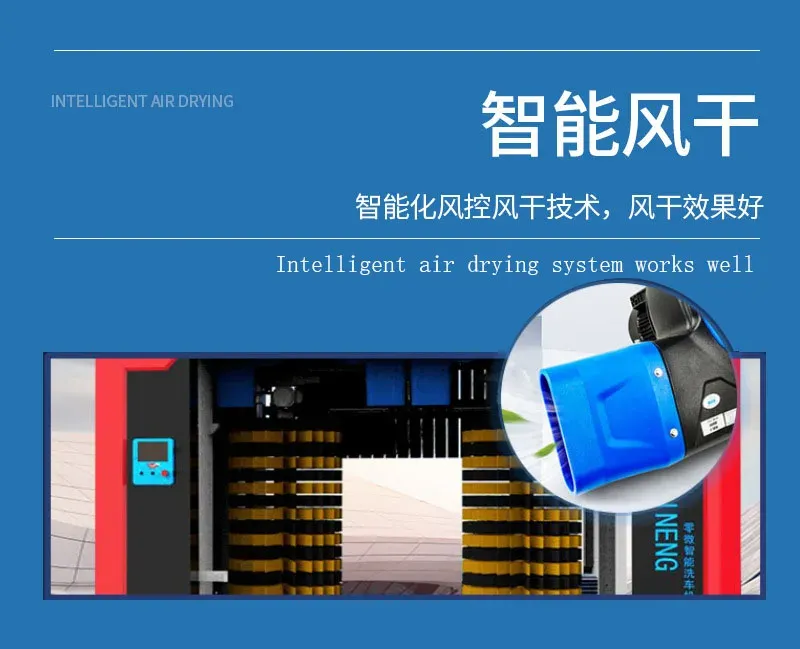
- Afrikaans
- Albanian
- Amharic
- Arabic
- Armenian
- Azerbaijani
- Basque
- Belarusian
- Bengali
- Bosnian
- Bulgarian
- Catalan
- Cebuano
- Corsican
- Croatian
- Czech
- Danish
- Dutch
- English
- Esperanto
- Estonian
- Finnish
- French
- Frisian
- Galician
- Georgian
- German
- Greek
- Gujarati
- Haitian Creole
- hausa
- hawaiian
- Hebrew
- Hindi
- Miao
- Hungarian
- Icelandic
- igbo
- Indonesian
- irish
- Italian
- Japanese
- Javanese
- Kannada
- kazakh
- Khmer
- Rwandese
- Korean
- Kurdish
- Kyrgyz
- Lao
- Latin
- Latvian
- Lithuanian
- Luxembourgish
- Macedonian
- Malgashi
- Malay
- Malayalam
- Maltese
- Maori
- Marathi
- Mongolian
- Myanmar
- Nepali
- Norwegian
- Norwegian
- Occitan
- Pashto
- Persian
- Polish
- Portuguese
- Punjabi
- Romanian
- Russian
- Samoan
- Scottish Gaelic
- Serbian
- Sesotho
- Shona
- Sindhi
- Sinhala
- Slovak
- Slovenian
- Somali
- Spanish
- Sundanese
- Swahili
- Swedish
- Tagalog
- Tajik
- Tamil
- Tatar
- Telugu
- Thai
- Turkish
- Turkmen
- Ukrainian
- Urdu
- Uighur
- Uzbek
- Vietnamese
- Welsh
- Bantu
- Yiddish
- Yoruba
Effective Pressure Washer Techniques for Spotless Car Cleaning and Maintenance
The Ultimate Guide to Car Cleaning with a Pressure Washer
Keeping your car clean is a crucial aspect of vehicle maintenance that goes beyond aesthetics. A clean car not only looks good but also helps maintain its value and prolongs its lifespan. One of the most efficient tools for achieving a pristine finish is a pressure washer. This article will guide you through the benefits and techniques of using a pressure washer for car cleaning.
Why Use a Pressure Washer?
Pressure washers provide a powerful stream of water that can easily remove dirt, grime, and even stubborn stains from your car's surface. Unlike traditional washing methods, using a pressure washer can save time and effort. The high-pressure water can penetrate hard-to-reach areas and crevices that a sponge or cloth might miss.
Additionally, pressure washers can reduce the amount of water used compared to a standard hose. This eco-friendly approach not only conserves water but also allows for a more effective cleaning process when combined with the right techniques and products.
Preparing for the Wash
Before you start the cleaning process, it’s essential to prepare your car and the surrounding area. Start by gathering the following items
- A pressure washer Make sure it is suitable for car cleaning and has adjustable pressure settings. - Pressure washer attachments A rotating brush or nozzle can aid in removing stubborn dirt. - Car soap Use a soap specifically designed for cars to avoid damaging the paint. - Microfiber towels For drying and detailing after the wash. - Wheel cleaner A separate product for cleaning wheels and tires.
Once you have your supplies ready, park your car in a shaded area. Direct sunlight can dry soap too quickly, leading to streaks. Ensure that all windows are closed and remove any loose items from the interior.
car cleaning pressure washer

The Cleaning Process
1. Pre-Wash Rinse Begin by rinsing your car with plain water to remove loose dirt and debris. This step prevents scratching the paint during the washing process.
2. Apply Soap Using a foam cannon or the soap attachment on your pressure washer, apply car soap evenly across the surface. Work from the top down, ensuring all areas are treated. Allow the soap to sit for a few minutes to break down grime.
3. Pressure Wash Using a fan nozzle, start rinsing off the soap from the top down. Keep the nozzle at least 12 inches away from the paint to avoid damage. For areas with more contamination, you can get closer but use caution.
4. Clean the Wheels Switch to a wheel cleaner and apply it to the tires and rims. Allow it to sit for a moment before scrubbing with a brush. Rinse thoroughly to ensure all debris is removed.
5. Drying After rinsing, it's crucial to dry your car to prevent water spots. Use clean microfiber towels to wipe down the surface. Pay special attention to areas like door seams, mirrors, and any crevices.
6. Final Touches To give your car extra shine, consider applying a wax or sealant. This step not only enhances the finish but also provides a protective barrier against dirt and grime.
Conclusion
Using a pressure washer for cleaning your car can be an efficient and effective way to maintain its appearance. With the right technique and products, the process becomes quick and enjoyable, allowing for a professional finish in the comfort of your home. Remember to always follow the manufacturer's instructions on your pressure washer and car cleaning products to achieve the best results while preserving the integrity of your vehicle. Happy cleaning!
-
Integrating Aqua Tunnel Car Wash in Shopping CentersNewsJun.24,2025
-
Gas Station with an Auto Car Wash MachineNewsJun.24,2025
-
Efficiency in Your Aqua Tunnel Car Wash: Power & Water-SavingNewsJun.24,2025
-
Car Wash Business with Advanced Auto Car Cleaning MachinesNewsJun.24,2025
-
Balancing Setup Costs with Aqua Tunnel Car WashNewsJun.24,2025
-
Aqua Tunnel Car Wash: Eco-Design for the Energy-Savvy EntrepreneurNewsJun.24,2025



